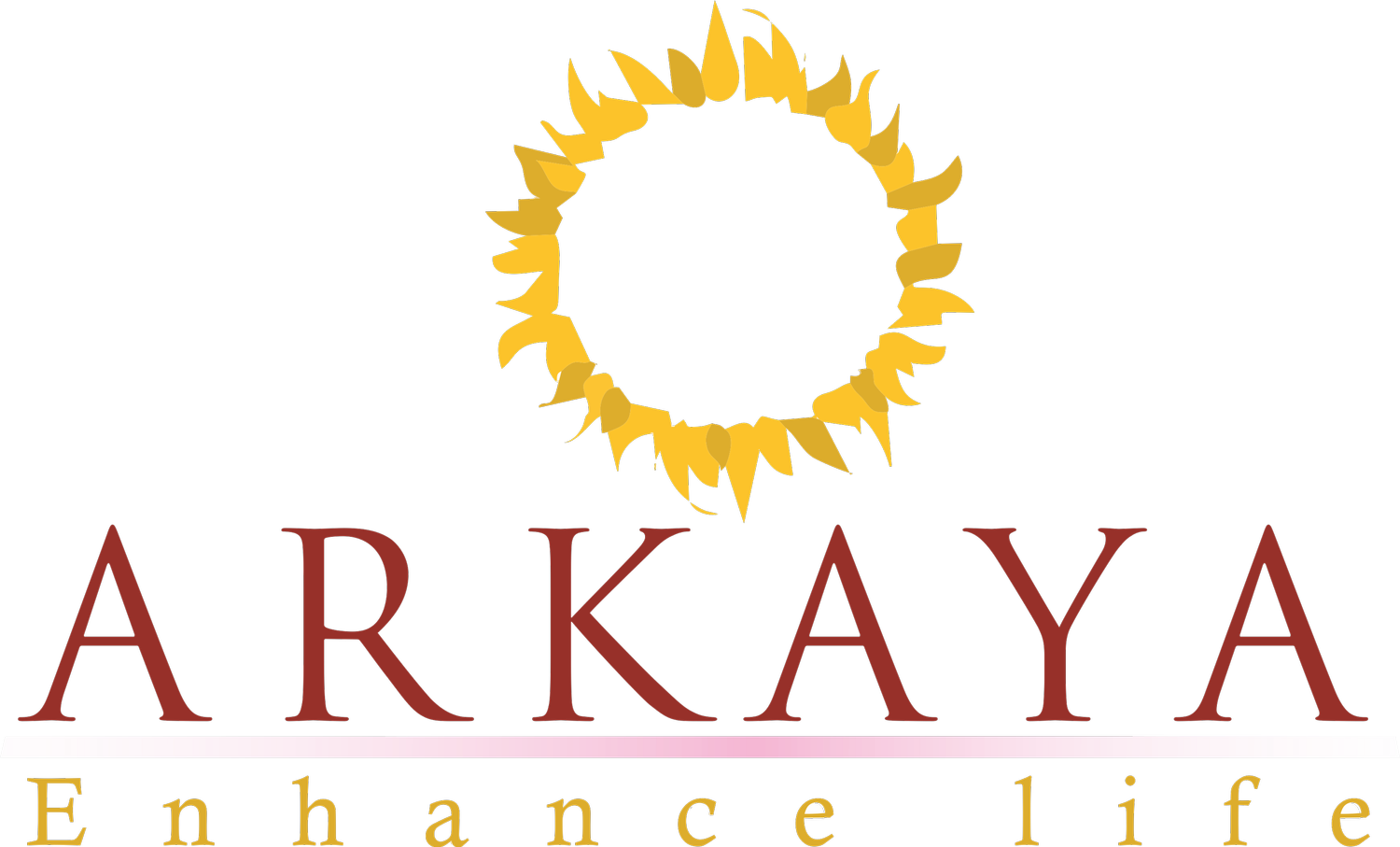Jathis help release old, unhealthy patterns of behavior
SIMPLE APPROACH
A jathi is practiced in tune with your internal rhythm Popular yoga postures seen in books are usually complicated body contortions that would scare a layperson. In fact, practicing such postures could cause harm, if the body is not adequately prepared. Most of the postures shown should carry a warning below that says, “Please do not attempt without supervision.”
Step by step
Those who have achieved this advanced level of body control have years of experience behind them. It is like the stunt scenes performed in movies or commercials. There is a specific preparation as well as approach to it. The classical approach is a step-by-step one. The body has to be prepared for those complicated postures. This back to the basics approach has to be applied when learning the art of yoga. It is useful even for long-term practitioners. Simple need not mean ineffective. Hence a simple, systematic approach in the beginning will do wonders.
Conscious movement
When it comes to working with the body we start with jathis, then move onto kriyas and asanas. A jathi is a conscious movement done in tune with one’s own internal rhythm. A jathi is done using the right side of the body as well as the left. By consciously moving the right side of the body, one impacts the left side of the brain, and vice versa. The nervous system can get trapped into unhealthy patterns of behavior. Jathis are useful to release these old patterns.
They also open up new areas in the brain that have so far not been tapped. In the West, jathis are being used to address many special needs of children as well as the invalid. The benefits have been evident in children with attention deficit disorder too. When the jathis are combined with lifestyle changes, there is a tremendous improvement in the ability of the child to focus and concentrate. Movement therapy helps overcome past traumas and is useful while dealing with victims of abuse. The aware movements release toxic shame and guilt.
Jathis loosen and dislodge the toxins in the joints. They tone the muscles and soothe and strengthen the nervous system. Remember to drink lots of water as you practice jathis. They can be practiced in between asanas. If you find sitting in any cross-legged asana painful, then always remember to stretch out and loosen, using simple jathis.
Jathi for loosening the ankles
The technique: Sit up straight with your legs outstretched. Flex your ankles back and forth alternatively. Shake your legs and relax. This improves the circulation in the legs as well as the hips. It increases the mobility of the ankles and the pranic flow, when done consciously. Also note that the back is kept straight using the hands. The hands are pushed down beside the body. In the beginning, this downward push may be necessary till the back muscles are strengthened. To this simple jathi, add the mukha mudra of a smile to derive maximum benefit.
- MAITREYI
